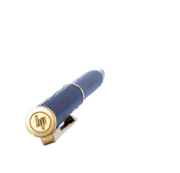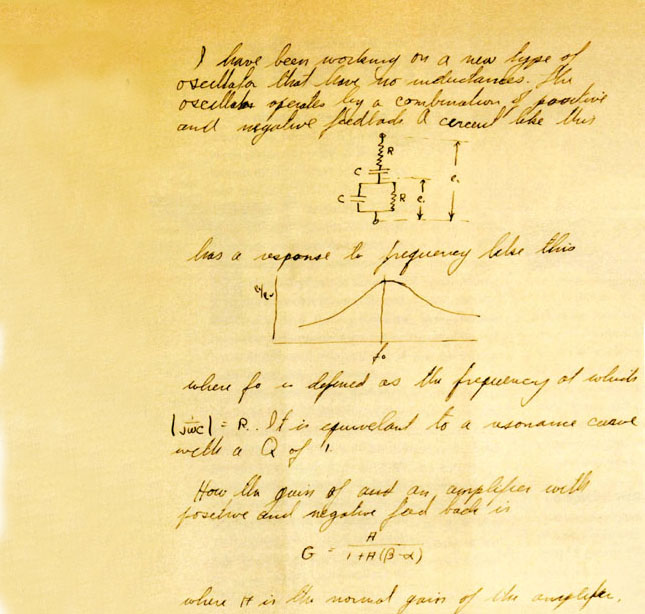



Other HP Writings
We've opened up this new archive, Other HP Writings, to complement the other two historical sections.
This archive will accept writings about interesting and unusual happenings and events that are written by individuals but are more focused on the happening than on the individuals. It will present generalized subject matter. Naturally these stories will INVOLVE the writer, as the key character, but not dominate the content.
Every reader of these historical documents is encouraged to think of their own career at HP and to offer some anecdotal writeup of interesting events. Please get in touch using the Contact US form.
![]()
The Hewlett Packard Geiger Counter
by Earle Rother, Jr.
 |
The author is the son of HP's first paymaster, Earle Rother. In the post-WWII period, HP was struggling to deal with some excess personnel, caused by the cutback in military-related business. The organization was thin, no formal org charts, finance work was handled by just a small group, including Earle and Frank Cavier.
Earle Jr. was intrigued when browsing this website, and seeing the innovation culture of 1950s HP. He was especially interested in an artifact sitting under the workbench in his garage, left over from his father's HP career. It was a Geiger Counter, a product well known to US citizens as the atomic age dawned on us after the Pacific Ocean test at Bikini. Nuclear science was now moving into civilian applications at the same time the Pentagon was racing ahead with hydrogen bombs and more efficient fission bombs. After building a prototype, it appears the project was abandoned and Rother took it home.
Read More . . .
Selling Measurements,
Development of the Sales Process at HP
by John Minck
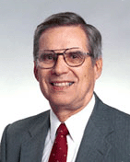 |
John Minck
|
To sell HP products of such complexity, you needed field people who were engineers, who understood the product technology. But then you had to teach them HOW to sell. This was more than just showing up and handing out data sheets and taking orders. There was serious competition everywhere, with equally qualified sales people and equally-sophisticated products, some like Tektronix even ahead in customer recognition.
Read More . . .
![]()
THE BIRTH OF THE U.S. MEASUREMENT SYSTEM
OF THE 1960s
by John Minck
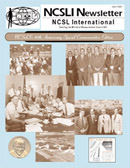 |
The 1960s saw a burst of innovation in measurement products, while in the outside world customers working on the massive programs of the day, the Moon Race, the Military System technologies, were coming to realize that measurement assurance (quality control) required sophisticated and mandated proceedures for guaranteeing measurement traceability to US national standards (NIST). John covers the background history and the solutions obtained by industry-wide cooperation in the 60s.
Read More . . .
A Quail of a Tale
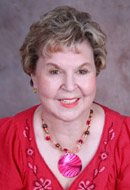 |
Betty Haines
|
These Memoirs of HP people are interesting and intriguing in their own right. But often, a reader will offer additional comments or embellishments for some portion of their stories. In this case, James Robinson, who was an electrician in the HP shops, and was familiar with all of the Manufacturing Division happenings, came upon a related incident about the Bufano Quail. His son had noticed an EBay offering of a gold-plated Bufano Quail for sale. Having read Betty's story, he notified us of the item, including a picture of the gold quail. When we notified Betty, she offered some additional insight.
Read More . . .
Metal Finisher for the Bufano Quail Awards
Duane Bowman
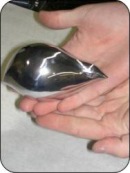 |
Bufano Quail
|
Here is another story confirming the Quail Award saga. Duane read in Betty Haines's HP memoir about the background for getting HP's aluminum foundry to cast this well-known piece of artwork. Someone first obtained the permission of the sculptor, Benny Bufano of San Francisco. Duane's father was a metal finisher down in the shops, and related his view of the story to his boy, as he did some of the work at home.
Read More . . .
The Apocryphal Tribute for Steve of Budai,
On the Occasion of his IRL Farewell Party
Written and Presented by Kenneth of Poulton
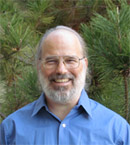 |
Ken Poulton
|
In a rapidly expanding organization like HP, people moved to new jobs all the time. Maybe their experience qualified them for a step up in another division. Maybe it was in another expansion city. Maybe they were retiring (seldom). Maybe it was just a birthday party. But often these parties became legends in their own time. It all depended on the creativity of the folks sponsoring the party. Often you could get Bill or Dave to come and make a few comments. Or other high-level execs. Then there were the creative presentations that often involved reputation roasts and revelations of personal foibles and fallacies. Usually they underscored the esteem we held for the departing person. This charming work was creation of Ken Poulton, and you will smile throughout.
When John Minck wrote the Foreword to Zvonko Fazarinc's memoir, the medieval style he used reminded Zvonko of that long dormant farewell for Steve of Budai. It was too good to let it lie dormant.
Read More . . .
My HP Reflections, by Charles (Bud) Eldon,
Was Community and Industrial Volunteering Valued at HP?
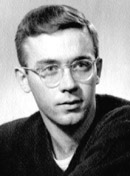 |
Bud Eldon at Stanford
|
Community service was a well-known corporate value at Hewlett-Packard (see Corporate Objective # 7, as presented by Dave himself). Bill and Dave, as well as Porter and Oliver, then later John Young and Don Hammond, held well-remembered positions on the Palo Alto Council and School Board, Stanford's Board of Trustees and fund-raising programs, and IEEE. Dozens of employees over the decades reached outside of their HP jobs to take on industrial volunteer and community service roles. For this they earned some recognition among their peers, ALWAYS they received personal satisfaction and often, service awards from their chosen organizations.
Read More . . .
Art Fong, Alfred Loomis
and a Career in Microwave Instrumentation
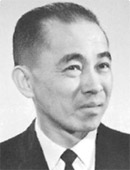 |
Art Fong
|
Around the time I was assisting Art Fong with his HP memoir, I had become aware of a new book about a remarkable scientist in the 1920-40s. The book was called Tuxedo Park, a fascinating story about Alfred Loomis, born into privilege in New York, who made his fortune on Wall Street, and his private scientific lab 50 miles north of New York. Loomis was a key organizer of the MIT Radiation Lab at the beginning of WWII. When I asked Art if he knew Loomis, Art replied that on the day he arrived at MIT, Loomis was there to welcome him to the new job, and suggested that Art work in the test instrumentation group. Such are the coincidences of life.
John Minck
Read More . . .
Larry Johnson
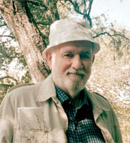 |
Larry Johnson
|
Larry Johnson worked in the early Oscilloscope Division, transferring to the F&T Division, and later made significant contributions in the Corporate Materials Engineering Dept. He left HP in 1976, to join the Trimble Navigation Company where they made serious breakthroughs in military and commercial Global Positioning System products. He continued his component engineering specialty there, until 1982, when he retired for good.
"I Ordered an HP Missile Test System and Got a New Wife"
Read More . . .
HP vs GR
 |
In the beginning, General Radio was "King of the Hill," standing almost alone in test instrumentation from its birth in 1915 through WWII. Melville Eastham founded the company and fostered progressive employee policies and helped the nascent industry, even offering advice to Dave and Bill. But from WWII onward the two companies' growth diverged significantly. Author Chuck House (HP Phenomenon) tells us why.
Playing "King of the Hill," by Chuck House . . .
The Inside Story of the HP 1300A X-Y Display
 |
Chuck House
|
The inside story of the infamous "Medal of Defiance," awarded to engineer Chuck House, for defying the direct order of Dave Packard, is fascinating. At an annual Project Review visitation, House's large-screen display project was ordered killed. House and his management moved it into production. This display was unique, because it did NOT use a raster scan technology, it was a large computer display with an EXTREMELY fast video bandwidth. The product sold $35 million dollars worth, into computer, medical and even movie applications.
Read More . . .
Minck's Memos
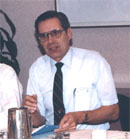 |
John Minck
|
In any high tech career spanning 37 years, it is almost axiomatic that there will be some memo record of the internal operations of the company involved. So it was with me, and I was never hesitant to speak up to upper management when I perceived a problem looking for a solution. So, here for your amusement are a series of Minck Memos which took issue with multiple topics. At some point you might think that I was auditioning for curmudgeon of the year, or hoping to replace Andy Rooney of 60 Minutes fame.
Read More . . .
